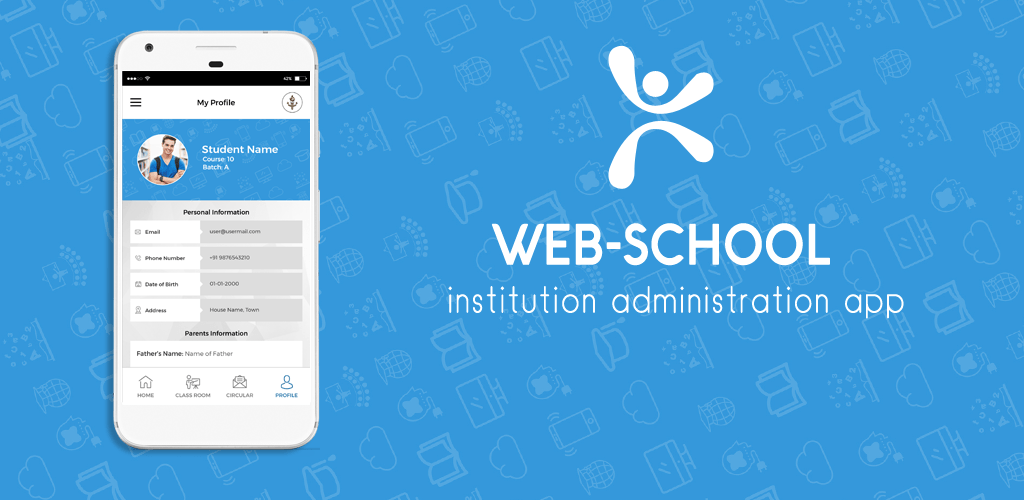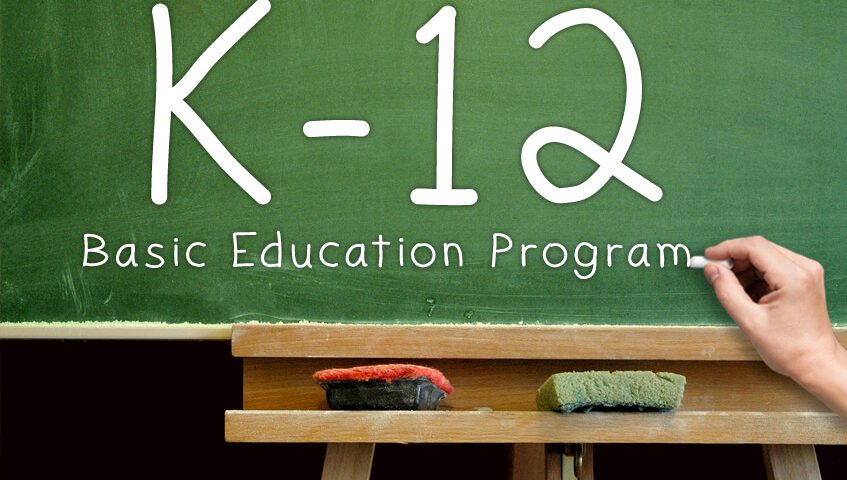
Bеnеfitѕ Of Uѕing Mоbilе Apps In Eаrlу Education For Childrеn
January 4, 2019
Is E-learning Sure to Reform the Traditional Educational System?
January 29, 2019The major themes that are expected to rule over the educational dialogue table in the near future will be about providing authentic classroom experiences as well as to discover how the data could be juggled. Tutors these days put a lot of effort to put the real world into classroom than just the text book reading. Let’s not ignore the fact that new educational tech practices really tap into interests of the young people to know how the educational world works. In this blog, we walk you through the latest trends in adopting virtual reality, emphasis on the importance of computational thinking along with the concerns regarding security of the school data. All these are sure to dominate the upcoming education conversations. Obviously, this will result in offering a new and fresh outlook to the existing classrooms.
Digital Citizenship
Digital citizenship was in the front end during the year 2017 and as a part of it schools were putting immense effort to help their students in spotting all the phishing attempts. Even Google established a partnership with ISTE for creating a game that gaggled the tenets home. With digital citizenship, there is nothing impossible to do on the internet on today’s technology driven world.
Robotics
Robots play a vital role in the trending K–12 environment. Right from the lists of Ozobots to Cubetto and Nao robots, there are wide ranges of techniques for putting together robotics at different price points. Even though the premade robots are developed with specific intentions, digging more will be debatably done when the students design these robots for serving certain purposes. Robots are pricey; however they can be designed using spare parts and can even be contributed or recovered. This in turn will offer lots of opportunities for the integration of robotics in the K–12 system.
Mobile Devices
The part played by mobile devices in the educational system is really divisive. Don’t worry anymore! With the right kind of monitoring as well as implementation, you can very well enjoy a different learning experience in this digitalized world. A few positive sides of mobile devices may include the facilities to make a research, partake in assignments which are linked with Internet-based classes, study and view textbooks and also helps in the development of media-rich projects. You might be aware that there are certain situations in which the schools will have to address some issues related to funding and equality in order to make sure that apart from their economic status, every student has got the right to use a mobile device within the classrooms so that none of them is disadvantaged.
Cloud Services and Edge Computing
The latest K-12 education system is now a blend of traditional and technological models. The researchers together with the admins and the educators are finding ways for integrating in-person as well as online classes so that their students can learn the systems right at the comfort of their place of work – where ever it be. The experts are now shifting the applications along with the resources to the cloud due to this transition. Majority of the data are leveraged using the cloud service providers like AWS (Amazon Web Services) and the Microsoft Azure. However the other side of this technological trend is to watch out for the edge computing. The main advantage of this edge computing is that the data will be routed nearer to it origin, thus lowering the total amount of data which is suppose to travel towards the cloud.
This is indeed a very crucial step for the schools which are incorporating this technology. Edge computing will help in grouping the data based on the priority for the premeditated education initiatives. One of the most used tools which is used by the IT departments for this purpose is CASBs (Cloud Access Security Brokers). This efficient tool will help protect the cloud infrastructure, secure the data against the attacks and breaches and above all will ease the security process via open APIs.
STEM Trend
The STEM trend (also called as STEAM trend) will never go out of the system anytime. This trend is driven by an effort to help students fill up their jobs in STEM fields. The skillfulness which is needed to succeed in this STEM learning will be beneficial in solving problems in various other areas as well. Few other trends like makerspaces are in fact clubbed under the STEM category. Everything that falls under the categorization of STEM education – right from the graphic designing and 3D printing to the coding and engineering – will be continued as the K–12 education trend for the near future.
Gamification
Gamification, the new and the final trend of the K-12 education system is hitting the technology like nothing. Both the adults and the kids are nowadays addicted to video games – right from the oldest NES versions of the Mario Bros to the very new elite versions of the Fortnite and hence without any doubt we can state that gaming is one of the best and the most accepted part of the frivolous culture. The augmented museum trips and the virtual labs are the best cases with which the schools are joining hands with the educational organizations for incorporating VR into the classrooms. VR is good in supporting the STEAM curriculum. You don’t need to worry even if your current classroom is not featuring a VR system since the K-12 trend is right near your door steps.
Foot Note!!!
It is not a secret anymore that the K-12 classrooms are very active places. There are dedicated IT teams who are specially assigned for taking care of the wealth of these standardized technologies along with coordinating the parents, students, teachers, admins and the remaining bigger community. Switching to the K-12 education technology trends will definitely show the way to the near future by practicing students for today as well as tomorrow.




